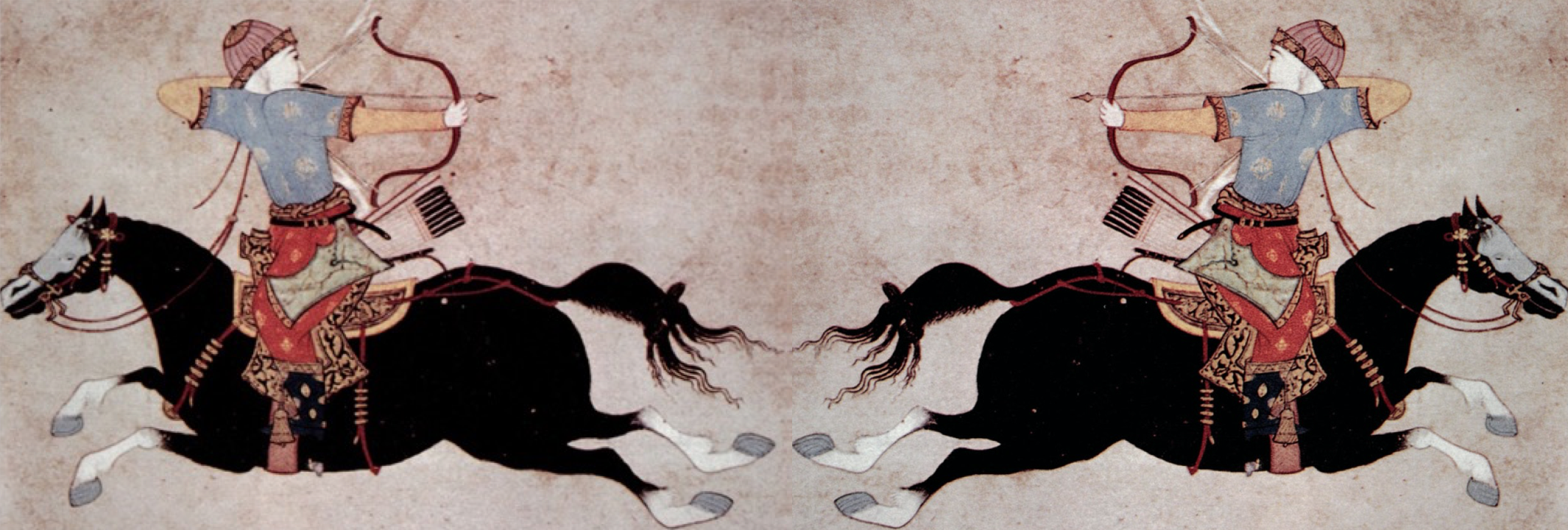
What we today call ‘China’ was not always under ‘Chinese’ rule. This course serves as a chronological introduction to the periods of ‘foreign’ regimes in China, founded by semi-nomadic or formerly-nomadic confederations, in particular the Kitan Liao 遼 (907–1125), the Tangut Xixia 西夏 (1038–1227), the Jurchen Jin ⾦ (1115–1234), the Mongol Yuan 元 (1271–1368), and the Manchu Qing 清 (1636–1912) dynasties. All of these ‘nomadic regimes’ were founded by northerners and/or steppe people whose languages, values and lifestyles differed from those of the Chinese. Examining their histories is important, as their study was far too long neglected and their role marginalised or even ignored. Moreover, throughout the twentieth century, the dominant paradigm behind studying them was ‘sinicisation’: the assumption that all non-Chinese conquerors who entered China inevitably adopted Chinese culture, language, lifestyles, etc. While this narrow interpretation has increasingly come under attack since the 1980s, the narrative of an ‘eternal’ China as history’s default position, occasionally overrun by nomadic others, is still powerful. Since the histories of the nomadic regimes added together constitute about half of the recorded history of China, their significance is obvious. This course also includes two regimes that are usually considered ‘Chinese’ or ‘native’ to question the suitability of this very distinction, namely the Tang 唐 (618–907) which boasted an imperial family of largely Turkic descent and the Ming 明 (1368– 1644) which continued numerous institutions and practices from their Mongol Yuan predecessors.
- Teacher: Johannes Lotze